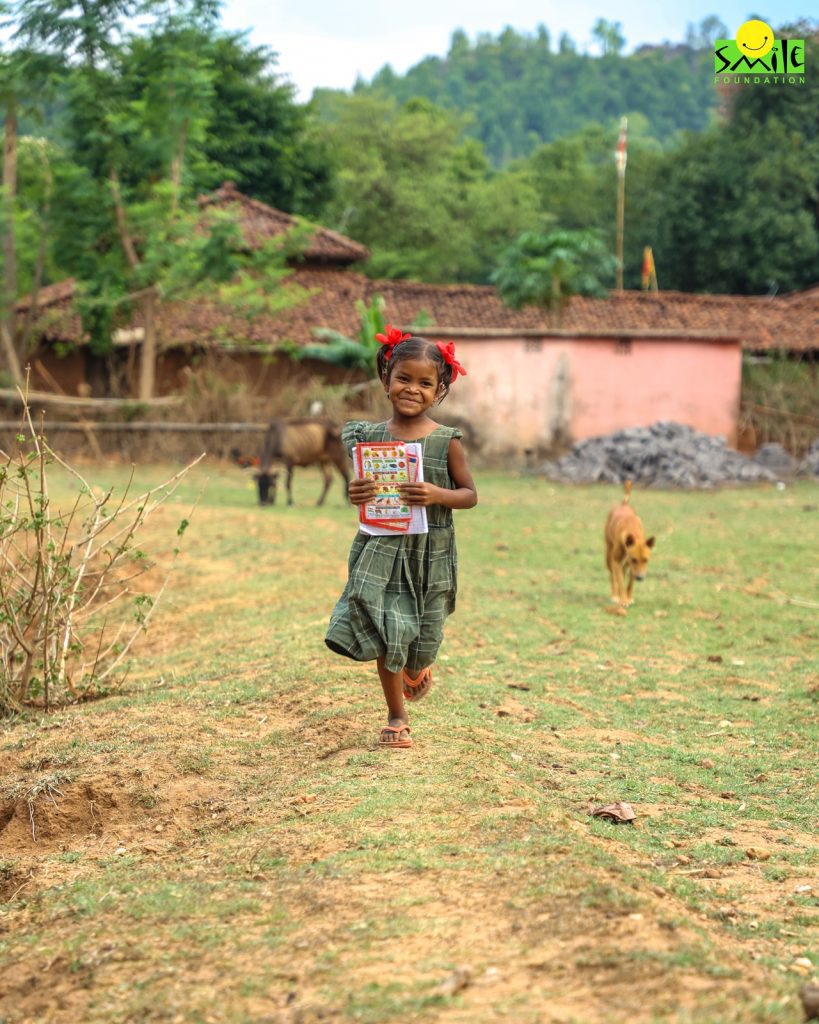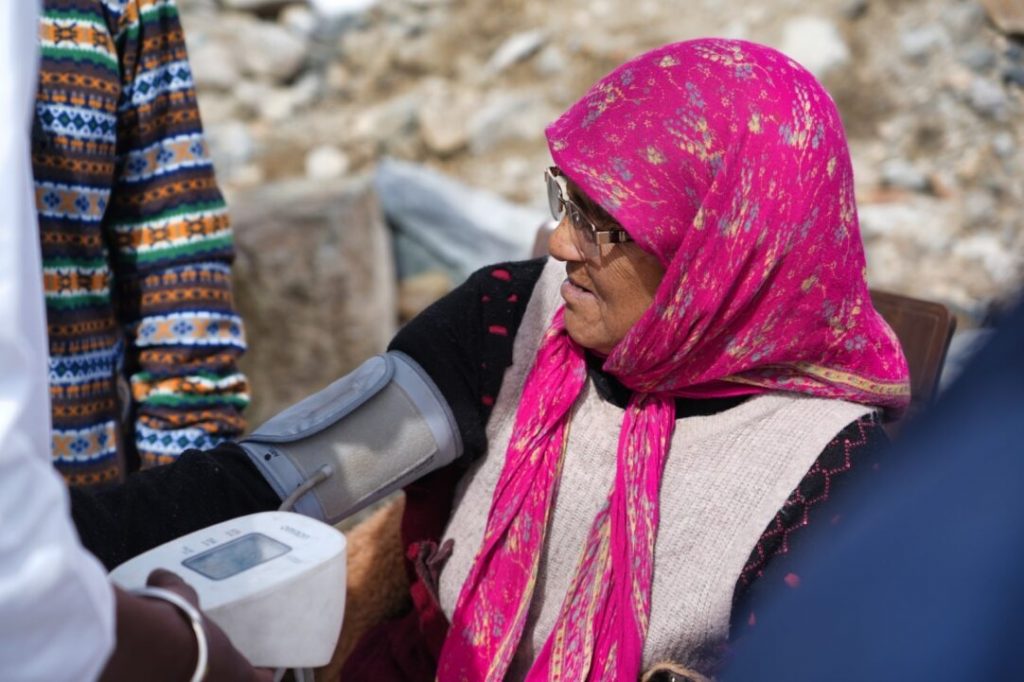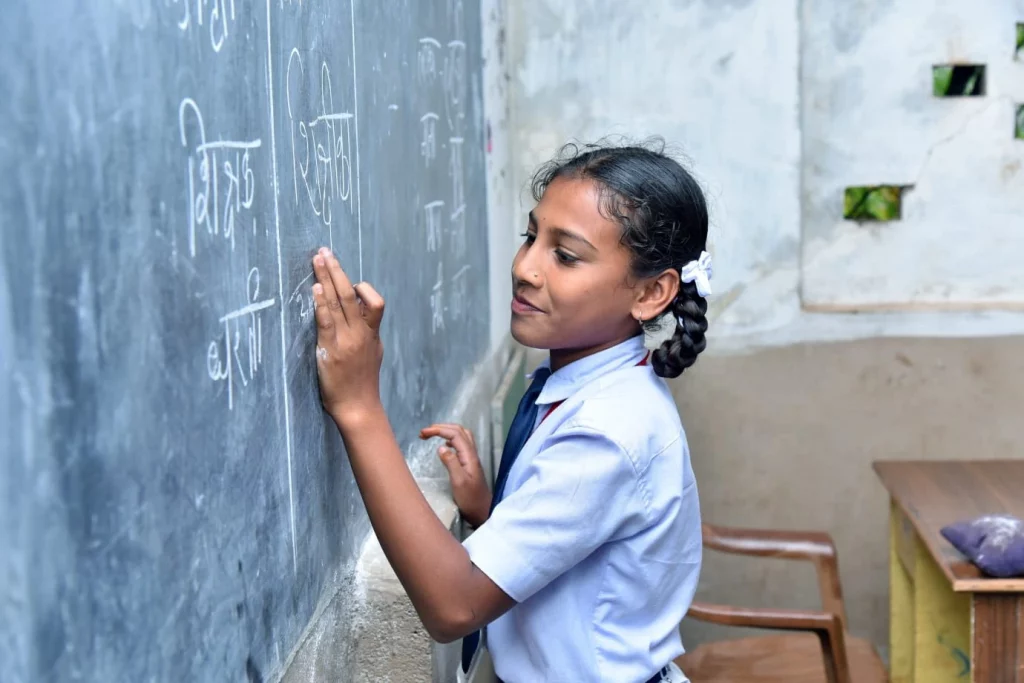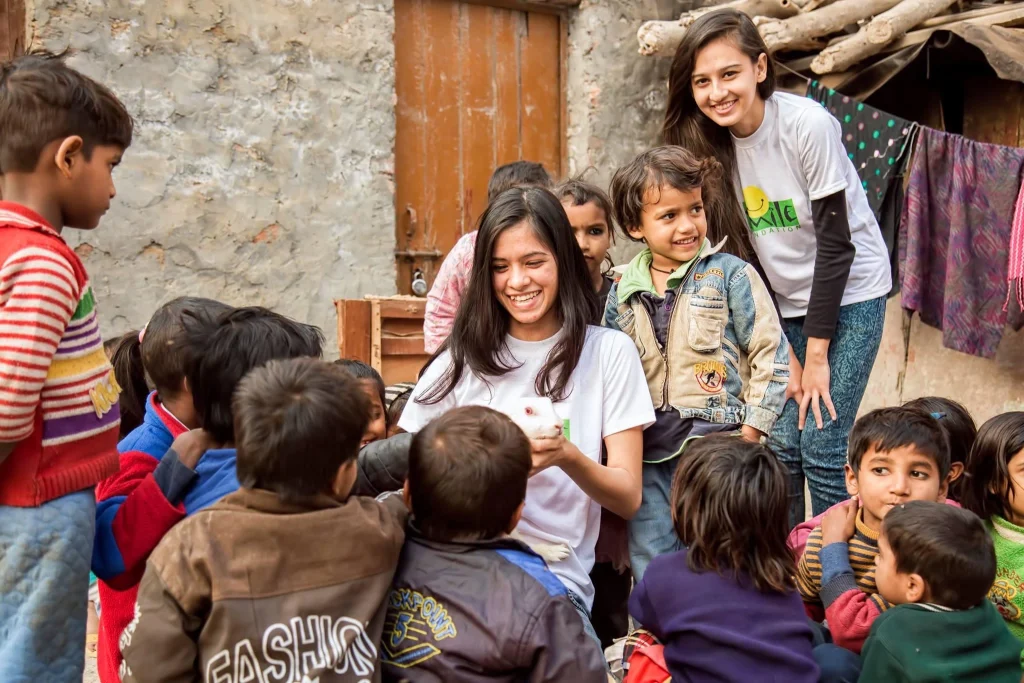Social change is becoming increasingly local but funding often remains global. This contradiction is unsustainable. India is home to one of the most complex and vibrant civil societies in the world—thousands of community-based organizations (CBOs) operating in every corner of the country, from the Sundarbans to the salt flats of Gujarat. These organizations are the first responders of social progress. They translate distant policies into household realities. And yet, for decades, they’ve operated in a paradox: being closest to the problem but farthest from the purse.
That’s changing.
A development ecosystem recalibrated
India’s social sector has long been shaped by two forces: international development aid and large-scale corporate social responsibility (CSR). Both have helped build institutions, expand health and education programmes, and respond to crises. But they’ve also created structural dependencies and hierarchies that stifle grassroots innovation. Community-based organizations often find themselves doing the work while watching others get the credit or the funding.
Now, a new force is recalibrating the equation: India’s own internal capacity. The rise of a philanthropic middle class, government reforms like the Companies Act mandating CSR contributions, and increasing digital connectivity are enabling more direct, decentralized, and democratic development.
The Government of India’s Atmanirbhar Bharat vision—literally “self-reliant India”—isn’t just an economic philosophy. It’s a social imperative. And Smile Foundation’s Empowering Grassroots initiative is offering one roadmap for how to achieve it.
Building local power, not just local projects
Over the past year alone, Empowering Grassroots has trained over 100 community-based organizations and provided critical support to more than 200 social initiatives. The programme enables these groups to become not just service providers, but self-sustaining institutions, and is shifting the center of gravity in development work.
At the core of Smile’s working model with grassroots organizations are three levers: capacity-building, matching grants, and community-driven fundraising. These might sound conventional, but when woven together with a theory of change that prioritizes ownership over output, they become transformative.
Take matching grants, for instance. On paper, they double the impact of every rupee donated. But their deeper value lies in what they signal—to donors, to communities, and to the CBOs themselves. A matching grant says: You’re not just a beneficiary; you’re a partner. Show us what your community can do, and we’ll meet you halfway.
This shared investment model fosters accountability, dignity, and long-term commitment. It’s the difference between funding a programme and enabling a movement.
The numbers that tell a bigger story
The program’s scale is almost impressive. Since its inception:
- 2000+ local action fundraising events have been held
- 1000+ community-based organizations have been empowered
- 400+ social initiatives have transitioned into sustainable operations
But numbers alone don’t tell the whole story. What’s more revealing is the programme’s cascading effect.
Training modules cover everything from good governance to resource mobilization, but their impact compounds when organizations apply them contextually. For example, 12 “Training of Trainers” (ToT) sessions in 2023-24 ensured that the learning doesn’t stop at the first cohort. Instead, it ripples outward.
This is a social return on investment (SROI) multiplier few funding models can match.
From the classroom to the coastline: Local leadership in action
Consider the case of Amchagar School in coastal Gujarat, where 80% of the students belong to fishing communities. Launched in 2002 in a village with no English-medium school, it now serves 750 children and employs 42 staff members. Smile Foundation’s nine-year partnership didn’t just inject funds—it nurtured vision. Today, the school is thriving, run by a local team that understands both the sea and the syllabus.
Or take the local action events: in 2023-24, 50+ fundraising drives organized by grassroots groups themselves. These are not glossy gala dinners. They are street performances, community potlucks, awareness marches—deeply rooted in the culture and context of each locality. They raise money, yes. But more importantly, they raise belief and induce behavioural change in the community that we are serving for more than two decades.
Why this moment matters
With over 3 million registered NGOs and an estimated $2 billion flowing through CSR channels annually, the infrastructure exists for a citizen-led development revolution. What’s missing is the operating system—the glue that connects funding to fieldwork, data to decision-making, and strategy to stories.
Global crises—from pandemics to climate change—have taught us that top-down solutions are insufficient. Resilience is local. Whether it’s a flood in Assam or a factory shutdown in Tamil Nadu, it’s the neighborhood-level organizations that mobilize first and stay longest. Empowering them is a policy suggestion turned into a development imperative.
And yet, challenges persist. Many CBOs lack access to formal banking. Others struggle with digital tools or donor reporting standards. Still others face leadership gaps, particularly in succession planning and strategic visioning. That’s why programmes like Empowering Grassroots matter—they identify these challenges and stay long enough to solve them collaboratively.
A theory of change worth scaling
What distinguishes Empowering Grassroots from traditional grant-making is its underlying theory of change:
- Beyond project goals: The focus is on institution building, not just programme execution.
- Beyond one-time training: Knowledge transfer is paired with real-time implementation support.
- Beyond donor-driven metrics: Community-defined outcomes take precedence over imported KPIs.
It’s philanthropy with an exit plan that is designed to leave behind stronger, smarter, and more self-reliant institutions.
Cross-sector lessons for business and government leaders
For corporate CSR heads, this model offers a refreshing alternative to compliance-led giving. It presents a blueprint for building brand equity through authentic, community-rooted impact. For policymakers, it aligns with decentralization goals in education, health, and livelihoods. And for international donors, it answers the long-standing call for “localization” with a roadmap that’s already in motion.
But perhaps the most important audience is the public itself. In a time when cynicism around institutional effectiveness is growing, programmes like these renew faith—not just in what development can do, but in who can do it.
What comes next?
If India’s next chapter of growth is to be inclusive, it must be locally led. That means rethinking how we define success in the development sector. It’s not just about how many children go to school, but who ensures they stay there. It’s not just about how many hospital beds are built, but who keeps the power running when the generator fails.
Smile Foundation’s Empowering Grassroots initiative is a reminder, more to ourselves than others, that the real solution-makers are not always the ones with MBAs and donor decks. Sometimes, they are school principals in salt towns, or youth groups organizing donation drives in slums.
Development is a delivery sustained by a continuous dialogue. And those closest to the ground deserve the loudest voice.










